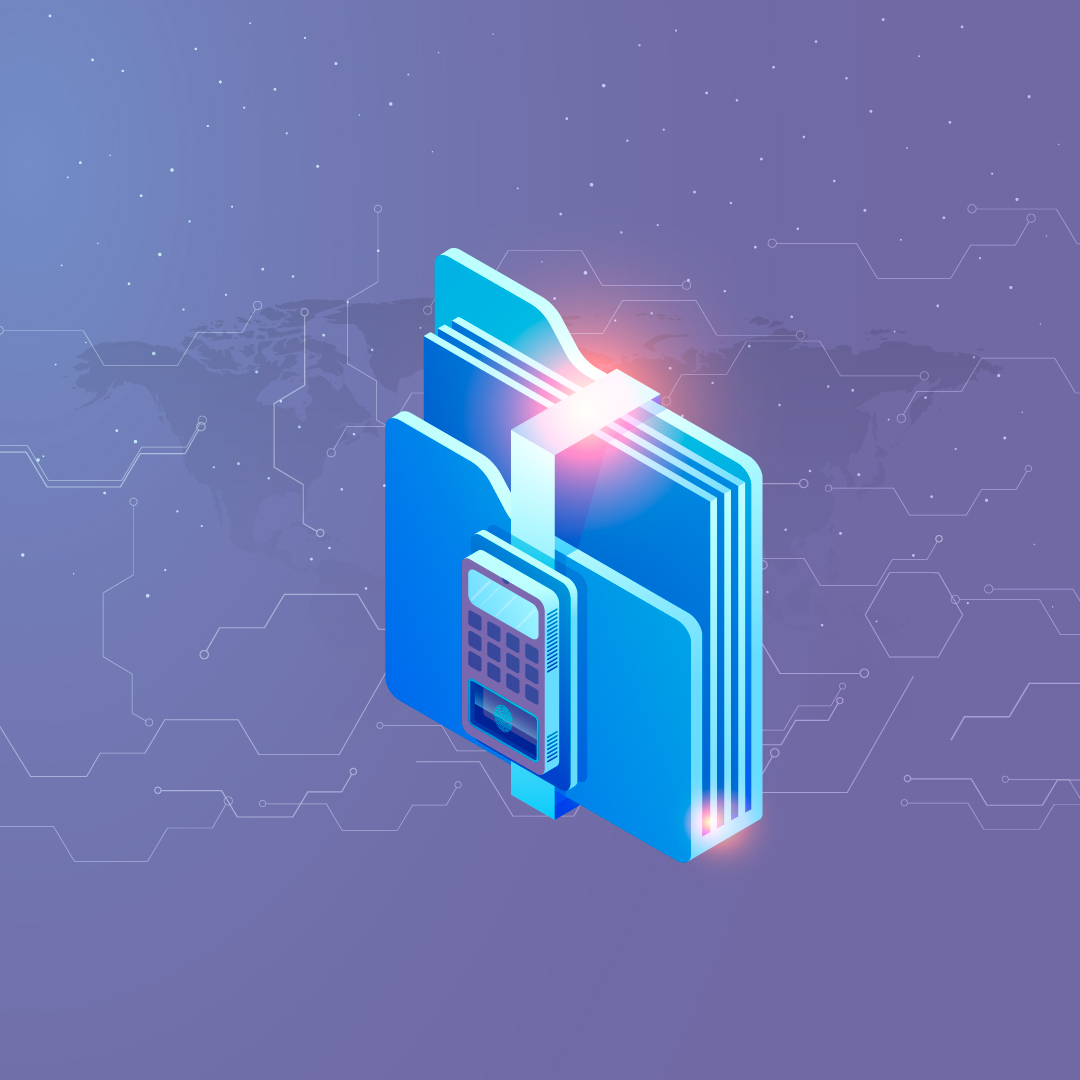According to Check Point Research, ransomware attacks have seen a 102% increase this year compared to the beginning of 2020, and there are no signs of it slowing down. In many instances, companies opt to pay the ransom as a means of recovering their data and operations. Unfortunately, doing so does not guarantee that they get the key to unlock their data. And in some cases, even if the key is obtained, ransomware has corrupted the data to the point that it is rendered unreadable.
The best defense against ransomware is to avoid having to deal with bad actors and to be able to restore data and infrastructure back to a pre-attack state using best practices and secure storage.
Last month, Spectra announced the transformation of its entire solution portfolio, including many Attack Hardened TM enhancements to its products. Spectra’s attack-hardened product line ensures that data is accessible even in the event of a ransomware attack, so organizations can avoid paying the expensive ransom demanded by cyber criminals. As mentioned above, Spectra added these new features as a result of the company’s recent experience in May, 2020 where the “Netwalker” ransomware virus attacked its internal IT systems. Spectra successfully restored operations without paying the $3.6 million ransom or facing the time-consuming process of decrypting affected data.
As our IT department began the postmortem from the incident and shared these insights with Spectra’s product development teams, the company initiated an effort to incorporate elements into its product line that would provide greater ransomware resiliency to storage infrastructures if attacked. Today, Spectra offers storage solutions that have been fortified with these features that help organizations withstand external and internal threats as well as threats from natural or manmade disasters.
 The image to the right describes the best approach to take to ensure that data is protected and accessible in the event of an attack. The first part is well known and well utilized across organizations: Threat Protection Software. This is the software that prevents ransomware and attacks from cybercriminals. One problem is that hackers often get through this software, which leaves data vulnerable to attack. That is where the second half comes into play, which is attack-hardened storage. Spectra’s patent-pending technology was designed specifically to ensure that operations continue in the event of an attack with minimal downtime and no additional unexpected expense.
The image to the right describes the best approach to take to ensure that data is protected and accessible in the event of an attack. The first part is well known and well utilized across organizations: Threat Protection Software. This is the software that prevents ransomware and attacks from cybercriminals. One problem is that hackers often get through this software, which leaves data vulnerable to attack. That is where the second half comes into play, which is attack-hardened storage. Spectra’s patent-pending technology was designed specifically to ensure that operations continue in the event of an attack with minimal downtime and no additional unexpected expense.
What does is it really mean to say that a storage solution is “attack-hardened”?
Spectra Logic’s attack-hardened approach to data protection was created to assist with the challenges facing organizations trying to protect their data – giving organizations greater leverage in avoiding the harrowing experience of negotiating with criminal elements of the underworld. Spectra’s BlackPearl platform combines multiple strategies that together embody an attack-hardened approach to storage. When these features are used in combination, an organization’s chance of recovery from a ransomware attack increases substantially. They include immutable snapshots, timed and triggered snapshots (via integrations with backup applications), multi-factor authentication (secures the snapshots), encryption, replication, and lastly is the ability to replicate and transfer data to secondary locations.







